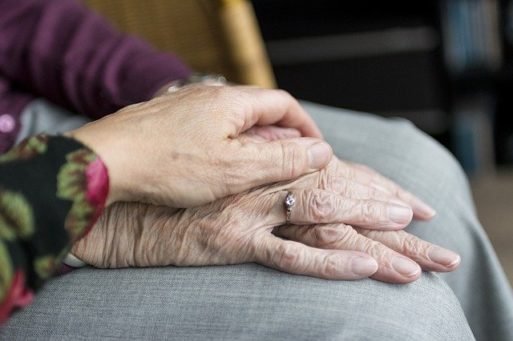
A woman receives care from the comfort of her home.
Credit: aarp.org
It used to be that only people who could afford it would hire in-home care for their loved one. Now, even if they can afford it, it is very difficult to find a reliable in-home caregiver. Agencies that provide paid caregivers can’t hire fast enough for the demand. The disaster grows everyday, as more individuals are forced to fend for themselves.
The pandemic sparked the shortage in multiple ways, including more people needing care, caregiver turnover due to burnout from working in a pandemic, and those who became Covid-19 positive having to quarantine. This shortage has garnered national attention and been covered by many major news outlets, including this report from CNN.
Long Term Implications
Meanwhile, other studies and reports have found that regardless of how it started, this issue isn’t going away anytime soon. In fact, it most likely will get worse. An article from Home Health Care News stated, “Roughly 10,000 baby boomers turn 65 every day, some statistics suggest. Within the aging population, about 70% of individuals have severe needs for long-term services and support.” It went on to estimate that “a national shortage of 151,000 paid caregivers will exist by 2030.”

Holding the hand of an elderly loved one.
Credit: Sabine van Erp
Don’t Panic, Prepare
More than ever, it is time to plan ahead to ensure your loved one is cared for properly. Often, a family will care for their loved one themselves for as long as they can. When they reach a point of no longer being able to provide the support needed, they start reaching out to different agencies to hire help.
If your loved one could potentially need a paid caregiver in the future, there is no harm in connecting with local agencies now. Find out which providers you like, so you know who to call and your loved one is on their radar. See if there is another family member or friend who would be able to provide caregiving as a backup if needed. Lastly, look into local in-patient facilities, if only as a temporary solution until a caregiver can be placed in the home.

 Falling Short: The Drought of Paid Caregivers
Falling Short: The Drought of Paid Caregivers



 How to Comfort A Dying Loved One
How to Comfort A Dying Loved One
 Our Annual Seven Holiday Gifts for Someone Who Is Grieving, 2024 Edition
Our Annual Seven Holiday Gifts for Someone Who Is Grieving, 2024 Edition














